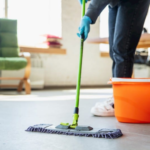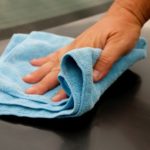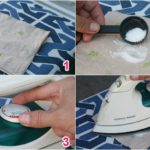Pesticides are chemicals used to prevent crop destruction by pests. However, they can also pose a threat to human health if ingested.
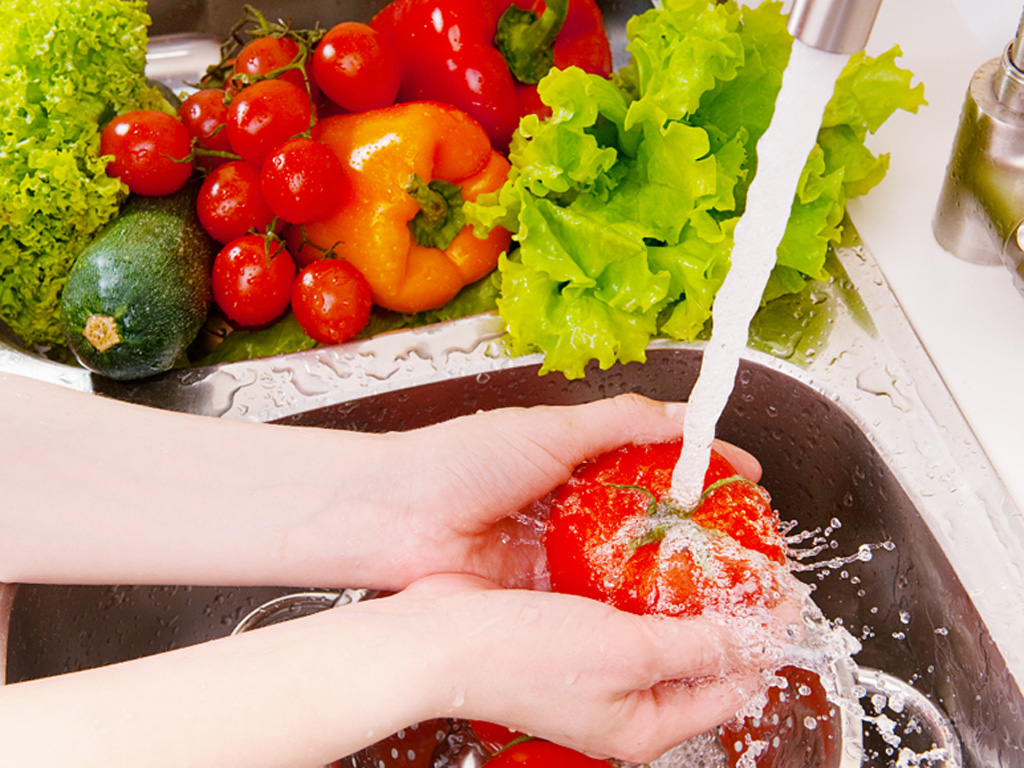 The best way to clean fruits and vegetables is to use a mixture of lemon, vinegar, and water – Photo: Shutterstock The best way to clean fruits and vegetables is to use a mixture of lemon, vinegar, and water – Photo: Shutterstock |
So, how do you properly clean fruits and vegetables? Here are some suggestions from health experts.
Use salt to clean fruits and vegetables
According to the Center for Science and Environment (CSE), washing all types of fruits and vegetables with a mixture of water and salt in a ratio of 10:2 will remove most of the pesticide residues commonly found on the surface of fruits and vegetables.
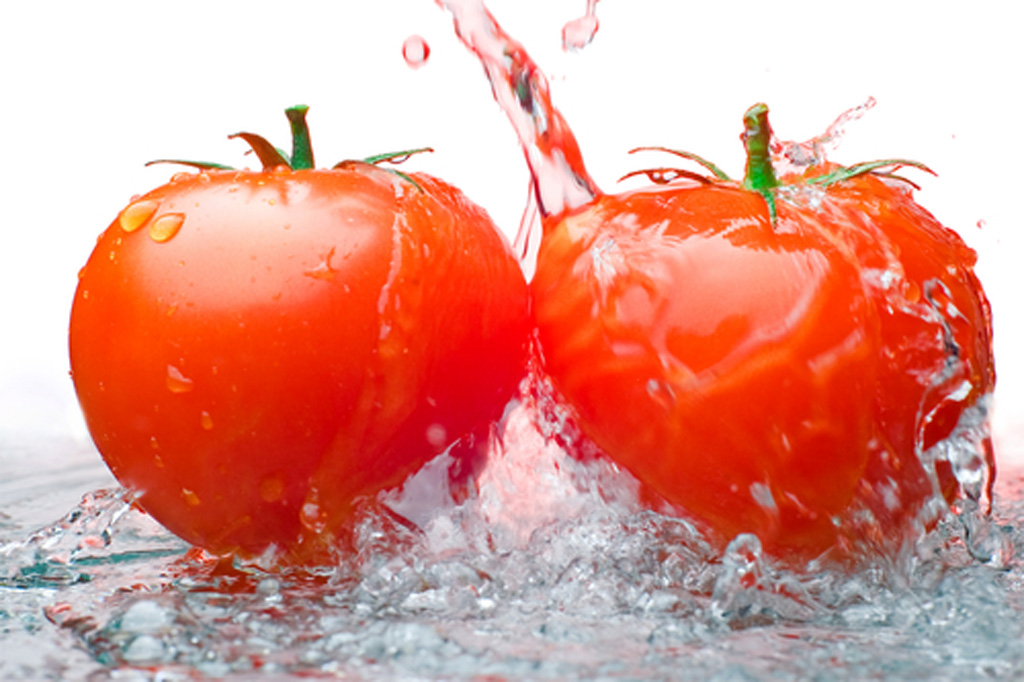 Illustrative photo: Shutterstock Illustrative photo: Shutterstock |
Soak fruits and vegetables in this mixture for at least two minutes. Then, use a soft toothbrush to gently brush the produce to remove any remaining pesticides on the outside. Finally, rinse the produce with clean water and store them in the refrigerator, according to Livestrong.
Use vinegar to clean fruits and vegetables
According to ndtv, another way to clean fruits and vegetables is to use a mixture of water and white vinegar in a ratio of 9:1 and soak them. Stir them and wash them thoroughly. Be careful when washing juicy fruits such as strawberries, cherries, and grapes, as their thin skin can peel off. Finally, rinse them with running water to remove any remaining residue.
Additionally, the safest way is to peel off the skin before consuming, especially for fruits with furrows.
|
According to the University of Colorado, mixing lemon juice into the vinegar-water mixture to clean fruits and vegetables helps to eliminate bacteria, including E. coli. Additionally, when shopping, it is necessary to choose carefully and avoid buying damaged produce, according to Healthyeating.
|
You may also like

























